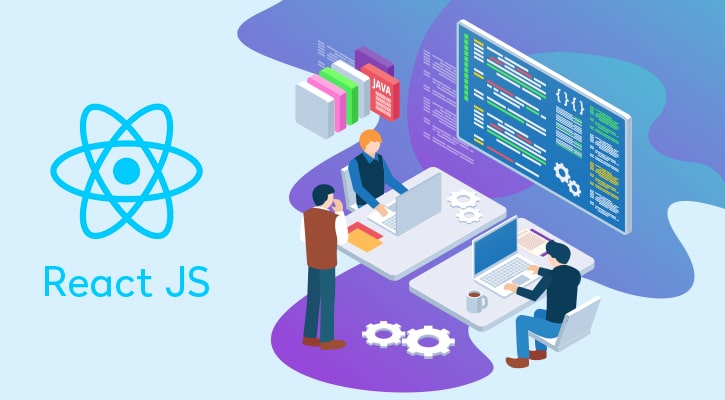The Advancement of Web Improvement: From Static Pages to Dynamic Encounters
Web improvement has gone through a noteworthy change starting from the initiation of the Internet. From fundamental static website pages to complex powerful applications, the field has developed essentially, determined by innovative progressions and changing client requests. In this article, we’ll investigate the advancement of web improvement, following its excursion from humble starting points to the mind boggling biological system it is today.
1. The Introduction of the Internet:
– Tim Berners-Lee’s creation of the Internet in 1989 denoted the start of a progressive period in correspondence and data sharing.
The first websites were straightforward and primarily comprised of static HTML pages. They lacked the functionality and interactivity that we now take for granted.
– Web advancement principally involved making essential pages with restricted plan and usefulness.
2. Development of Dynamic Content:
– As the web acquired prevalence, request developed for more powerful and intelligent web encounters.
– Advances like JavaScript arose, empowering designers to add dynamic components to website pages, like intuitive structures and movements.
Server-side scripting languages like PHP, ASP, and JSP made it possible to create dynamic web pages that could generate content in real time based on input from users or queries made to a database.
3. Presentation of Content Administration Frameworks (CMS):
– The mid 2000s saw the ascent of content administration frameworks like WordPress, Joomla, and Drupal, making it more straightforward for non-specialized clients to make and oversee sites.
– CMS stages empowered fast site advancement and customization through pre-constructed topics and modules, democratizing web distributing.
4. Web 2.0 and Rich Web Applications (RIAs):
User-generated content, social networking, and collaboration all emerged with Web 2.0.
– Technologies like Ajax (Asynchronous JavaScript and XML) made it possible for the client and server to seamlessly exchange data, making user experiences richer and more responsive.
– RIAs like Adobe Streak and Microsoft Silverlight pushed the limits of web improvement, conveying mixed media rich substance and intuitive applications.
5. Versatile Insurgency and Responsive Plan:
– The multiplication of cell phones and tablets ignited a shift towards portable first web improvement.
– Responsive website composition arose as a best work on, guaranteeing that sites could adjust consistently to different screen sizes and gadgets.
– Structures like Bootstrap and Establishment gave designers apparatuses and layouts for building responsive, dynamic sites.
6. The Time of Single Page Applications (SPAs) and APIs:
– SPAs, fueled by systems like AngularJS, Respond, and Vue.js, acquired notoriety for their capacity to convey quick, liquid client encounters suggestive of work area applications.
– APIs (Application Programming Connection points) became basic to web advancement, empowering consistent joining with outsider administrations and information sources.
– The decoupling of the frontend and backend considered more noteworthy adaptability and versatility in web application advancement.
7. Progresses in Web Execution and Enhancement:
As users came to expect websites to load quickly, performance optimization became an essential part of web development.
– Methods like code minification, picture pressure, and languid stacking were utilized to decrease page load times and further develop in general client experience.
– Content Conveyance Organizations (CDNs) assumed a critical part in conveying content rapidly and effectively to clients across the globe.
8. The Development of Moderate Web Applications (PWAs):
– PWAs consolidate the best of web and local versatile applications, offering highlights like disconnected admittance, message pop-ups, and gadget equipment incorporation.
– Administration laborers, a vital innovation behind PWAs, empower foundation sync and reserving, permitting web applications to work dependably even in questionable organization conditions.
– Significant tech organizations like Google have been supporting PWAs as the fate of web improvement, obscuring the lines among web and local encounters.
Conclusion:
Web advancement has developed from basic static pages to complicated, powerful applications that rival local work area programming in usefulness and execution. Web development’s future will be shaped by further advancements in artificial intelligence, augmented reality, and voice interfaces as technology continues to advance. Be that as it may, in the midst of this large number of changes, the major objective continues as before: to make connecting with, available, and client driven web encounters that advance the existences of individuals all over the planet. Also, recollect, keeping your site refreshed with the most recent patterns and advances will keep it slot gacor (performing great) in the serious web-based scene.


























